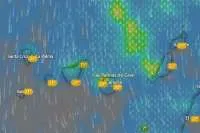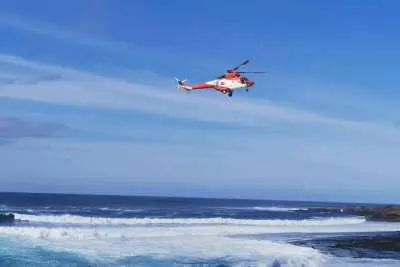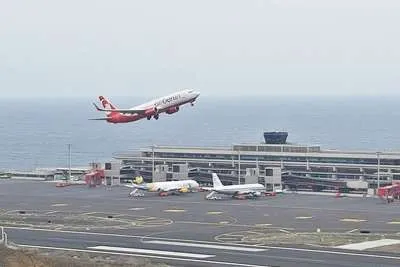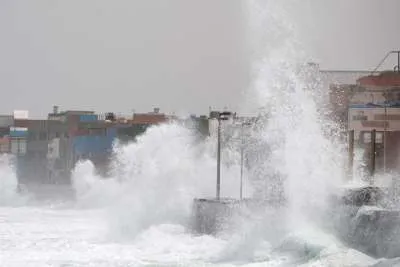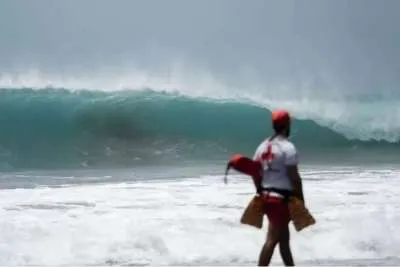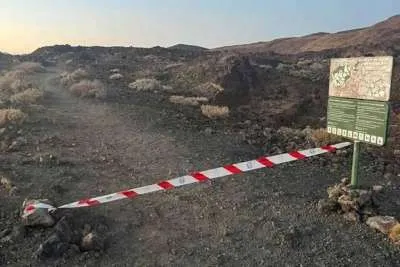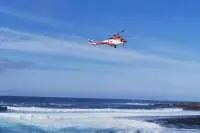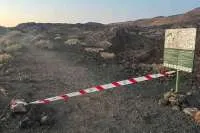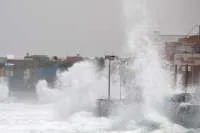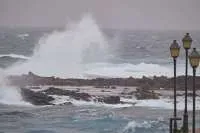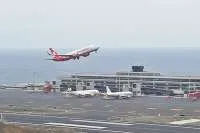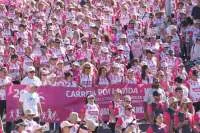Canary Islands set for spectacular night sky display with four meteor showers
- 19-06-2025
- National
- Canarian Weekly
- Photo Credit: Freepik
The skies above the Canary Islands are set to host one of the year’s most varied astronomical spectacles in the next couple of weeks. On the night of 27th June, no fewer than four meteor showers will coincide: the Tau Cetids, Scutids, Rho Sagittarids and the June Bootids.
Although each of these showers typically produces low or irregular activity, their simultaneous appearance makes this one of the most dynamic nights in the astronomical calendar.
The Bootids, radiating from the constellation Boötes, home to the bright star Arcturus, are particularly unpredictable, with rates varying widely from zero to as many as 100 meteors per hour.
The other showers contribute more modest numbers: the Tau Cetids, originating from the constellation Cetus, usually offer around four meteors per hour; the Scutids, with a mere two, emanate from the faint and hard-to-spot constellation Scutum; and the Rho Sagittarids radiate from Sagittarius, rounding out this quadruple display.
Adding to the spectacle, the event will coincide with a conjunction between the Moon and Mercury, visible in the early hours of the same day.
How and When to Observe the Meteor Showers in the Canary Islands
The meteor showers will be active from 22nd June to 2nd July, with the peak expected during the early hours of 27th June. In the Canary Islands, the optimal viewing time is around 4:00am, when the radiant point of the Bootids remains above the horizon.
No telescopes or binoculars are required to enjoy the display. For the best experience, observers are advised to:
- Move away from urban areas to avoid light pollution.
- Choose a dark, clear location with an unobstructed view of the sky.
- Lie back or recline, looking towards the northeast.
- Avoid observing when the Moon is high, as its brightness can diminish the visibility of fainter meteors.
More Showers at the End of the Month
The end of June will bring further, albeit low-activity, meteor showers. On 29th June, three additional showers — the Beta Taurids, Phi Ophiuchids and Tau Aquarids — will occur, each producing around two meteors per hour. Some of these may be visible during daylight hours, making them more challenging to observe.
Favourable weather conditions across the Canary Islands could significantly enhance visibility for what promises to be a rare and diverse astronomical event.
Other articles that may interest you...
Trending
Most Read Articles
Featured Videos
A Vision of Elvis Tenerife Promo
- 10-05-2025
TEAs 2025 Highlights
- 17-11-2025




